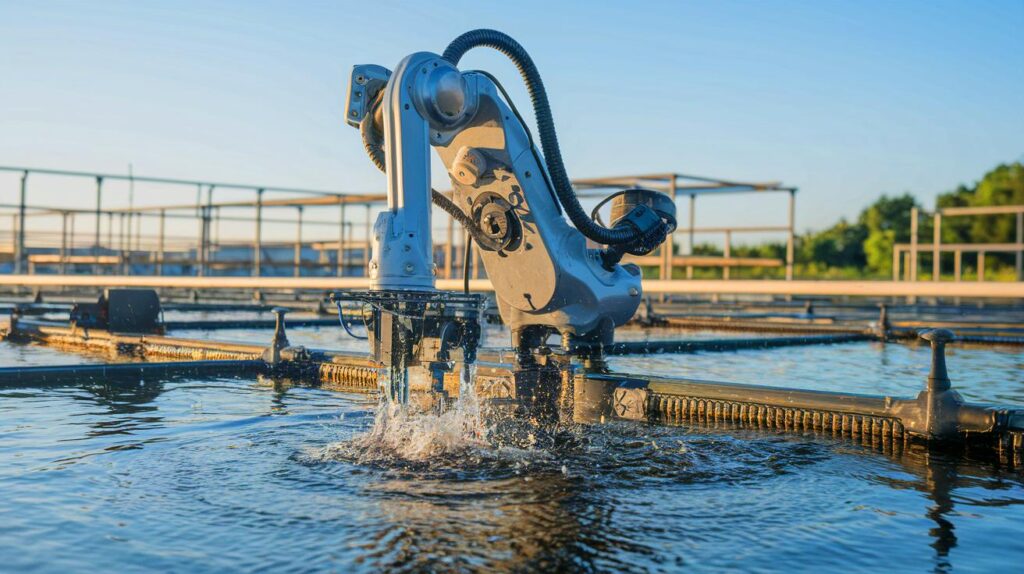Sure! Here’s a rewritten version of the content with the requested format changes:
<div class="post-content-wrap has-share-float">
<div class="post-share-float share-float-c is-hidden spc-social-colors spc-social-bg">
<div class="inner">
<span class="share-text">Share</span>
<div class="services">
<a href="https://twitter.com/intent/tweet?url=https%3A%2F%2Fwww.innovant.fr%2F2025%2F04%2F28%2Fla-coree-du-nord-devoile-son-premier-avion-radar-aeroporte-dote-dun-luxe-extravagant-redefinissant-ses-capacites-militaires-aeriennes%2F&text=La%20Cor%C3%A9e%20du%20Nord%20d%C3%A9voile%20son%20premier%20avion%20radar%20a%C3%A9roport%C3%A9%20dot%C3%A9%20d%E2%80%99un%20luxe%20extravagant%2C%20red%C3%A9finissant%20ses%20capacit%C3%A9s%20militaires%20a%C3%A9riennes" class="cf service s-twitter" target="_blank" title="Twitter" rel="nofollow noopener">
<i class="tsi tsi-twitter"></i>
<span class="label">Twitter</span>
</a>
<i class="tsi tsi-facebook"></i>
<span class="label">Facebook</span>
<i class="tsi tsi-linkedin"></i>
<span class="label">LinkedIn</span>
<i class="tsi tsi-whatsapp"></i>
<span class="label">WhatsApp</span>
<i class="tsi tsi-envelope-o"></i>
<span class="label">Email</span>
<a href="#" class="cf service s-link" target="_blank" title="Copy Link" rel="nofollow noopener">
<i class="tsi tsi-link"></i>
<span class="label">Copy Link</span>
<span data-message="Link copied successfully!"></span>
</a>
</div>
</div>
</div>
<div class="post-content cf entry-content content-spacious-full">
<figure class="wp-block-table">
<table>
<tbody>
<tr>
<td><strong>In Brief</strong></td>
</tr>
<tr>
<td>
<ul>
<li>✈️ North Korea has unveiled a new surveillance aircraft based on the Il-76, enhancing its military capabilities with advanced radar technology.</li>
<li>The modern interior of the aircraft, featuring multiple workstations, emphasizes real-time data processing for improved situational awareness.</li>
<li>This advancement could change the strategic dynamics on the Korean Peninsula and raises concerns regarding regional security.</li>
<li>Doubts persist regarding foreign involvement from Russia or China in the development of this sophisticated aircraft.</li>
</ul>
</td>
</tr>
</tbody>
</table>
</figure>
<p>North Korea recently caught the world's attention with its military innovation: the airborne early warning and control (AEW&C) aircraft based on the Russian Il-76. This advancement marks a significant step in the country's military capabilities and raises questions about the geopolitical implications of this aerial asset. As tensions persist on the Korean Peninsula, the introduction of this aircraft could alter the strategic dynamics of the region.</p>
<h2>The Evolution of North Korea's AEW&C Aircraft</h2>
<p>The development of North Korea's AEW&C aircraft is generating intrigue and speculation. Inspired by the Russian Il-76 Candid cargo plane, this aircraft is designed to enhance North Korea's ability to monitor potential threats and collect crucial intelligence. State media images reveal the aircraft's exterior and its mission-adapted interior, personally inspected by Kim Jong Un. This new addition to the North Korean Air Force is expected to play a crucial role in the country's defense strategy.</p>
<p>The design of the AEW&C aircraft resembles other notable models, such as Russia's A-50 Mainstay and China's KJ-2000 Mainring. However, it features a fixed radome housing three non-rotating phased array radars for 360-degree coverage. This design choice, aligned with Chinese models, marks a departure from the rotating radome seen in Russian designs. The aircraft's battle management and command functions remain to be fully evaluated, but its potential to extend radar coverage is undeniable.</p>
<h2>Inside the Aircraft: A Glimpse of Modernity</h2>
<p>The interior of North Korea's AEW&C aircraft is both impressive and surprising. With at least seven individual workstations and flat screens adorning the interior walls, the layout appears modern and sophisticated. This arrangement suggests a focus on real-time data processing and communication, essential for maintaining situational awareness during air operations. The sleek design, almost reminiscent of a Hollywood portrayal of high-tech military equipment, raises questions about its true functionality.</p>
<p>AEW&C aircraft typically require large teams to handle the vast amount of data collected during missions. These teams are responsible for monitoring the battle space and coordinating with friendly aircraft. While the interior suggests advanced capabilities, the extent of North Korea's technical mastery in complex battle management remains uncertain. Nevertheless, this development represents a significant step in the evolution of the country's military aviation, providing a new tool for surveillance and intelligence gathering.</p>
<h2>Strategic Implications and Geopolitical Concerns</h2>
<p>The introduction of North Korea's AEW&C aircraft could have profound implications for regional security. By extending radar coverage over large distances, the aircraft offers North Korea an enhanced ability to detect potential threats from South Korea and other adversaries. This capability could provide a crucial advantage in early warning and defensive preparedness, particularly in the event of conflict. Additionally, it allows for better tracking of incoming aircraft and missiles, potentially influencing the outcome of military engagements.</p>
<p>Despite these advancements, the aircraft also represents a high-value target for adversaries like South Korea and the United States. In a conflict scenario, its operational lifespan could be limited. However, its routine surveillance capabilities provide North Korea with valuable intelligence on border movements and airspace activities. The geopolitical implications of this development are significant, as it could prompt neighboring countries to re-evaluate their defense strategies and aerial capabilities.</p>
<h2>International Implications and Future Perspectives</h2>
<p>A lingering question is the extent of foreign involvement in the development of North Korea's AEW&C aircraft. While the design and technology may draw from Russian and Chinese models, the precise role of these countries in the aircraft's manufacturing remains unclear. Variants of the A-50 are in service in countries like India, Iraq, and Iran, indicating a potential exchange of technological expertise.</p>
<p>As North Korea continues to advance its military technology, the international community remains vigilant. Satellite imagery has documented the aircraft's progression from its early stages to its recent unveiling. The future may reveal more about its operational capabilities and strategic value. As more details emerge, the world is closely watching to understand how this development will shape the geopolitical landscape. Could this be a precursor to further military advancements from North Korea?</p>
<p>As North Korea's new AEW&C aircraft takes flight, the world ponders the implications of this technological leap. This advancement highlights the growing military power of the country but also raises questions about regional security and international relations. How will neighboring countries respond to this new capability, and what measures will be taken to maintain balance and peace in a region marked by tension and uncertainty?</p>
</div>
</div>
<script async src="https://platform.twitter.com/widgets.js" charset="utf-8"></script>Please feel free to request any additional modifications!







